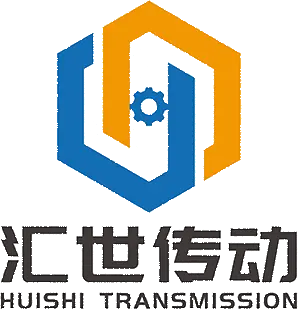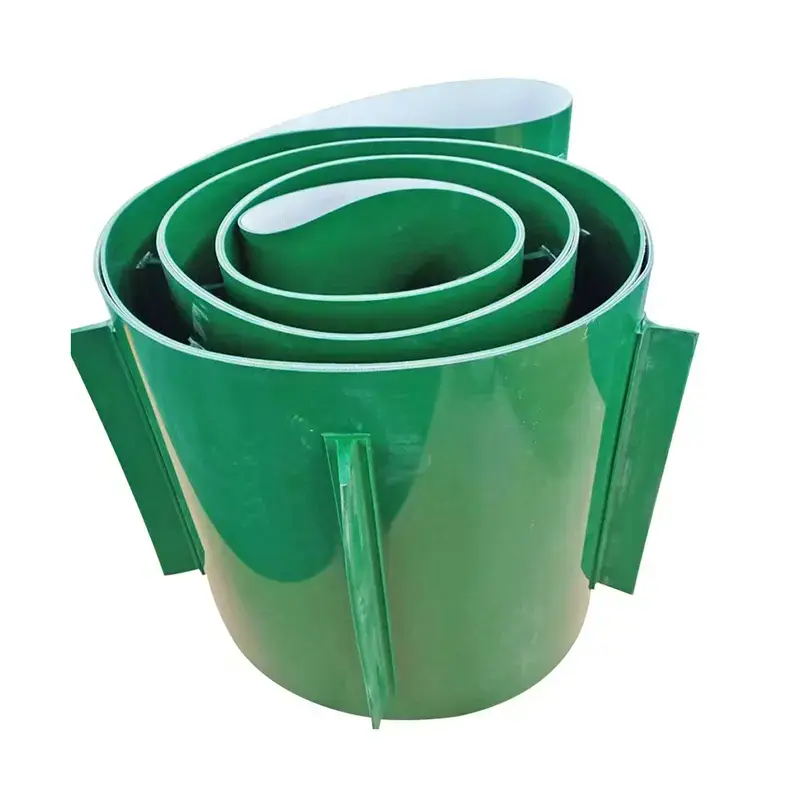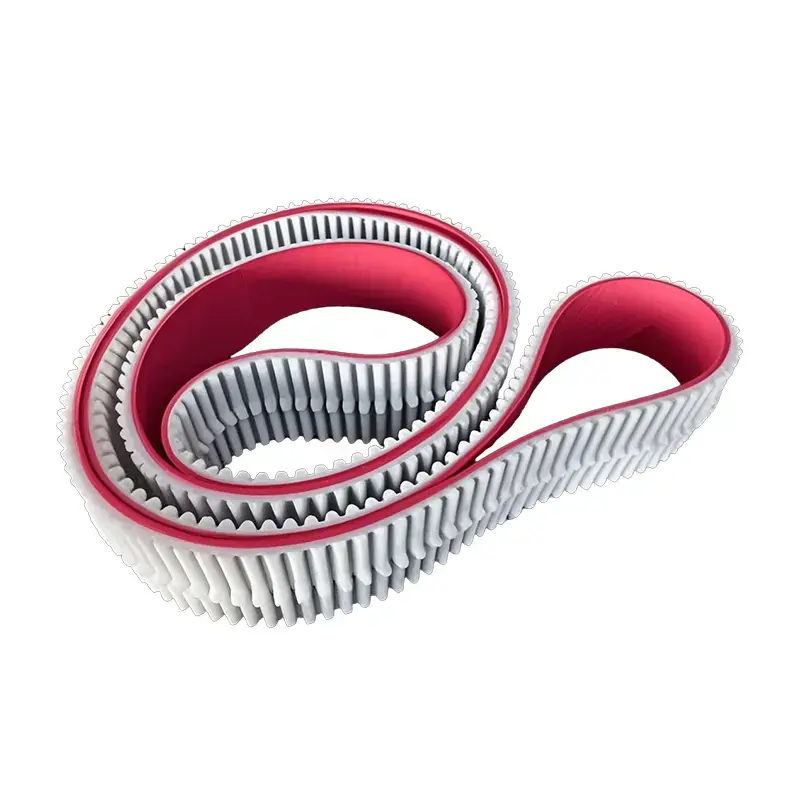 +86-19862000127
+86-19862000127 Lifting Pulley: A Key Component in Industrial Material Handling
In heavy-duty industries, safe and efficient lifting solutions are essential to improve productivity and reduce operational risks. Among these solutions, the Lifting Pulley plays a vital role in handling heavy loads, minimizing effort, and ensuring smooth operations across construction, manufacturing, shipping, and mining sectors.
What is a Lifting Pulley?
A lifting pulley is a mechanical device designed to change the direction of force and reduce the effort required to move or lift heavy objects. By distributing weight and tension across the pulley system, businesses can safely lift heavier loads with less strain on equipment and operators.
Key Benefits of Using Lifting Pulleys
-
Enhanced Load Capacity: Allows operators to handle heavier materials safely.
-
Reduced Workforce Strain: Minimizes manual effort, lowering the risk of workplace injuries.
-
Improved Efficiency: Saves time in lifting and transporting materials.
-
Versatile Applications: Compatible with cranes, hoists, and other lifting equipment.
-
Durability: Engineered for long-term performance in demanding industrial environments.
Applications Across Industries
-
Construction: For moving steel beams, concrete blocks, and scaffolding components.
-
Manufacturing: To handle machinery parts and raw materials efficiently.
-
Shipping & Logistics: Essential for loading and unloading heavy cargo.
-
Mining & Energy: Facilitates lifting of drilling equipment and heavy machinery parts.

Choosing the Right Lifting Pulley
When selecting a lifting pulley for industrial use, B2B buyers should consider:
-
Load capacity and safety ratings
-
Material and build quality (steel, alloy, or composite)
-
Compatibility with existing lifting equipment
-
Maintenance requirements and ease of inspection
-
Compliance with international safety standards
Conclusion
The lifting pulley remains an indispensable tool for industries requiring safe and efficient heavy-load handling. By reducing labor effort, improving safety, and boosting productivity, it provides long-term value for businesses. Choosing the right pulley system ensures not only operational efficiency but also compliance with modern safety standards.
FAQs
1. What is the maximum load capacity of a lifting pulley?
It varies by design, ranging from a few hundred kilograms to several tons, depending on industrial requirements.
2. How often should lifting pulleys be inspected?
Regular inspections are recommended before each use, with full maintenance checks on a monthly or quarterly basis.
3. Are lifting pulleys compatible with all cranes and hoists?
Not always—compatibility depends on design, load specifications, and safety standards.
4. What industries benefit most from lifting pulleys?
Construction, shipping, manufacturing, and mining are the primary sectors, though they are also widely used in logistics and energy













